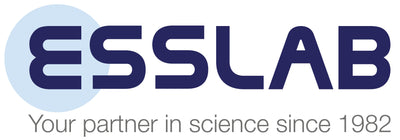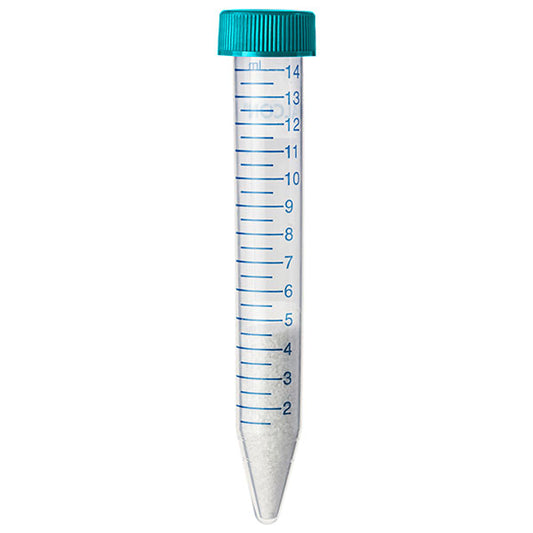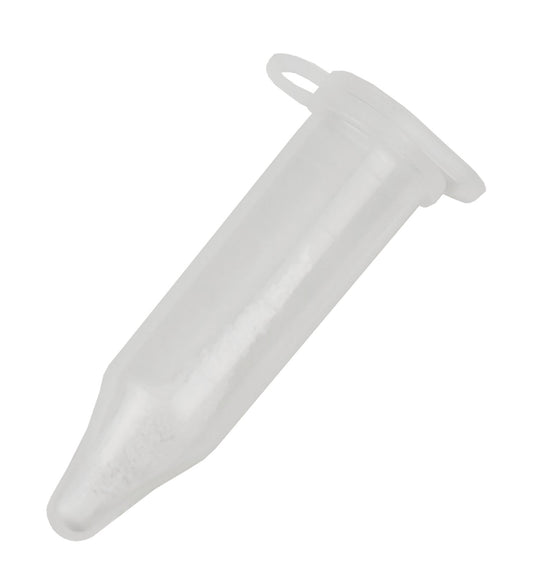Within a few years after its development by Anastassiades et al. the QuEChERS method has gained a leading position for determination of pesticide residues in food samples by GC-MS or LC-MS, allowing rapid and cheap clean-up of strongly matrix-contaminated samples.

Advantages of QuEChERS in comparison with classical cleanup methods
- High through-put, due to easy handling and time-saving procedure
- Low consumption of solvents
- No need for chlorinated solvents
- Suitable for a variety of pesticides
- Rugged method with high and safe recovery rates
- Broad applications for various foods
To optimize the extraction of pH-dependent compounds, to minimize decomposition of sensitive substances, and to broaden the matrix spectrum, different modifications of the QuEChERS method have been elaborated. These mixes differ in the type of buffer agent used and in this way the resulting pH value of the aqueous sample during the extraction vary.
Today three methods are used:
- Original (non-buffered)
- AOAC Standard 2007.1 (acetate buffered)
- EN 15662 (citrate buffered)
In particular the buffered versions are commonly used.
All methods require two proceeding steps:
- Extraction: pesticides are transferred from the aqueous to the organic layer (often acetonitrile)
- Clean-up: Interfering substances (like e.g., lipids, pigments), which were also extracted with the organic layer, are removed by special adsorbents
For QuEChERS procedure an extraction mix and a cleanup mix is required.
Adsorbents and what they are used for:
- MgSO₄ removes excess of water
- NaCl for phase separation
- CHROMABOND Diamino (PSA, primary secondary amine) removes organic and fatty acids, sugars and anthocyanin pigments
- CHROMABOND C18 ec (reversed phase modified silica) traps nonpolar compounds, e.g., lipids
- CHROMABOND Carbon (GCB, graphitized carbon black) removes pigments and sterols (please note: planar pesticides are also removed)




















